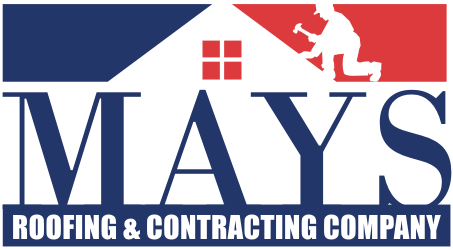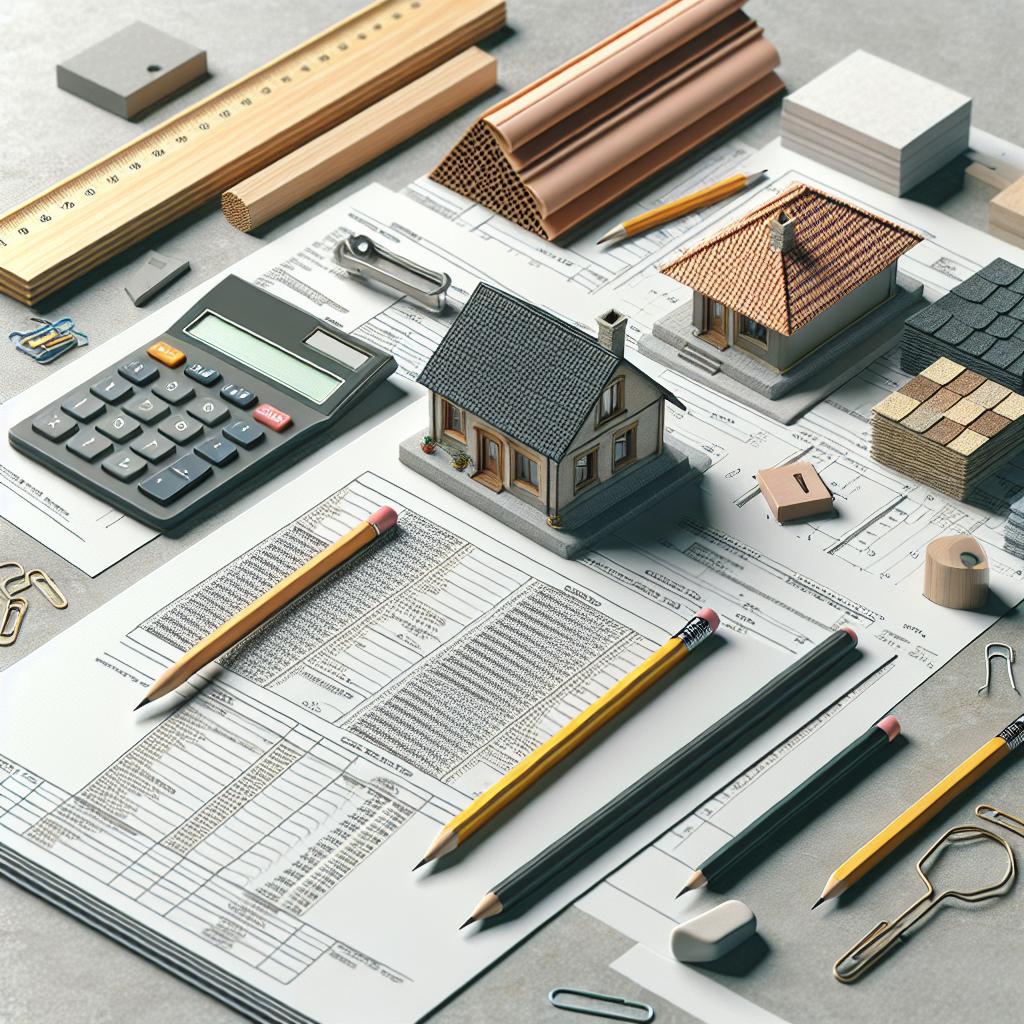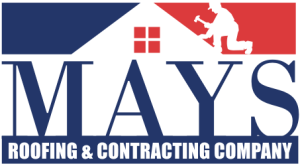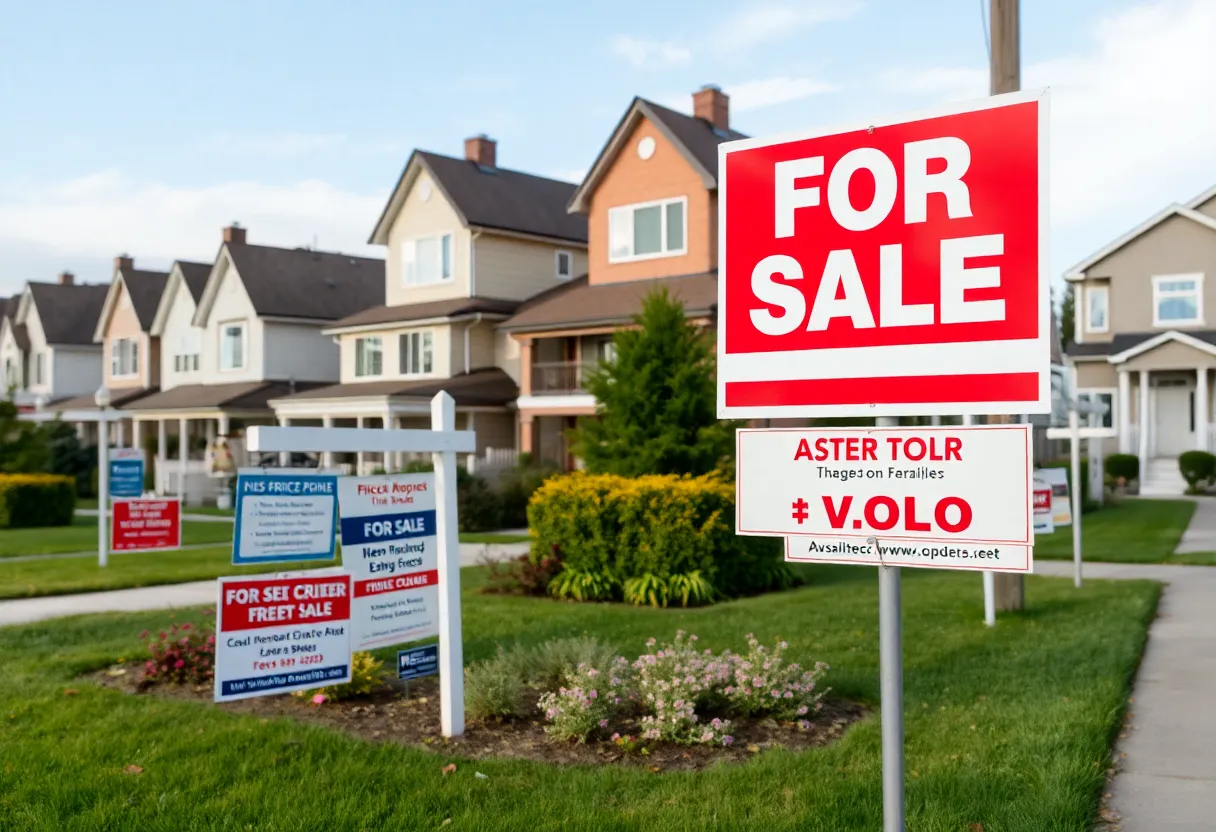How to Calculate the Cost of Your DIY Roofing Project: Tips and Tricks
Taking on a DIY roofing project can be a rewarding endeavor. However, understanding the cost involved is essential for budgeting effectively. This guide outlines the steps to calculate the cost of your roofing project accurately, ensuring you are prepared without any hidden surprises.
Understanding the Key Factors
To calculate the overall cost of your DIY roofing project, there are several key factors to consider:
1. Roof Area Measurement
Begin by measuring the total area of your roof. This can typically be done using a simple formula:
- For gable roofs: Area = Length x Width
- For hip roofs: Area = (Base x Height) / 2 x Number of Hips
- For complex roofs: Break down the sections into manageable parts and sum them up.
2. Material Selection
Different roofing materials come with varying costs. Common options include:
- Asphalt Shingles: Typically the most affordable.
- Metal Roofing: Slightly higher initial costs but longer lifespan.
- Clay or Concrete Tiles: Durable but can be expensive.
Research the price per square foot for the materials you choose. This will help you get a clearer picture of your material costs.
3. Labor Costs
Even if it’s a DIY project, some tasks may require help. If you need assistance, factor in labor costs. Consider the following:
- Helper Rates: Determine if you will pay hourly or per project.
- Skill Level: More skilled workers may command higher rates.
4. Additional Supplies
Your project will likely require more than just roofing materials. Consider these additional supplies:
- Underlayment: Protects against leaks.
- Flashing: Essential for waterproofing around chimneys and vents.
- Nails and Fasteners: Ensure you have enough for secure installation.
- Tools: You may need to rent or purchase tools if you don’t already have them.
Creating Your Cost Estimate
Once you have identified all the necessary elements, it’s time to compile your cost estimate:
Step 1: Calculate Material Costs
Multiply the area of your roof by the square footage cost of your chosen roofing material. Add the costs for additional materials, such as underlayment and flashing. For example:
Material Cost = (Roof Area) x (Cost per Square Foot)
Step 2: Include Labor Fees
If hiring help, estimate the total labor cost based on hourly rates or project quotes. Always keep contingency funds in mind for unexpected tasks or delays. Calculate:
Total Labor Cost = (Hourly Rate) x (Estimated Hours)
Step 3: Add Miscellaneous Costs
Include any extra charges that may not be evident at first. This may include:
- Permits: Some localities require permits; check your local building codes.
- Cleanup Costs: Consider disposal fees for old roofing material.
Example Calculation
For clarity, let’s walk through an example:
- Roof Area: 1,500 square feet
- Material Cost for Asphalt Shingles: $100 per square (1 square = 100 square feet) = $1,500
- Labor: 2 workers, $20 per hour, 12 hours = $480
- Miscellaneous Costs: $200 (includes permits and cleanup)
Total Cost = Material Cost + Labor + Miscellaneous Costs = $1,500 + $480 + $200 = $2,180
Tips for Staying on Budget
Mitigating costs is crucial for your DIY roofing project. Here are some actionable tips:
1. Create a Detailed Project Plan
List all tasks involved in your project. A well-planned schedule can prevent overspending and ensure efficiency.
2. Purchase Materials Wisely
Shop around for the best prices on materials. Consider discounts for bulk purchases. Local home improvement stores, as well as online options, may provide competitive rates.
3. Use Quality Materials
Investing in quality materials may appear more expensive upfront but can save costs in maintenance and replacement later on.
4. Build a Contingency Fund
Allocate at least 10-15% of your overall budget for unforeseen expenses that may arise during the roofing process.
5. Research Local Building Codes
Understanding local building codes can help you avoid fines or additional costs related to permits or violations.
Final Thoughts
Calculating the cost of your DIY roofing project requires a thorough understanding of materials, labor, and additional expenses. By carefully measuring and planning your project, you can create a realistic budget that allows for flexibility. Remember, the ultimate goal is to enhance the lifespan and protection of your home while maintaining affordability.
With the right preparation and knowledge, your DIY roofing project can be a successful venture, providing satisfaction and value.





 Mays Contracting
Mays Contracting


